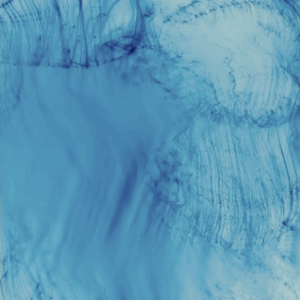JTF (just the facts): Published in 2019 by SUN (here). Soft cover (perfect bound), 140 pages, with 58 color reproductions. There are no texts or essays included. In an edition of 300 copies. (Cover and spread shots below.)
Comments/Context: My first reaction to the premise behind Aaron McElroy’s new photobook Reds was that it seemed far too obvious and easy. A book of photographs where the common theme is the color red – I was ready to dismiss this concept as annoyingly simplistic. But I will also admit that my skeptical wariness faded after just a few page turns. This photobook has plenty of unexpected pop.
McElroy’s use of red is consistently vivid and extreme. The color is almost always seen in its brash fire engine shade, in full, eye-squinting saturation, exaggerated and amplified by the use of shiny white flash. In his hands, red is bold, aggressive, and sexy, its more nuanced emotions and muted associations deliberately left out. His reds are unruly and unapologetic, bloody, often gritty, and thrumming with life.
A small explanatory caption on the last page gives us a potential framework for McElroy’s seething red mindset – the images are described as “abstractions of red as sex, love, and death,” and these thematic threads are indeed woven throughout the photographs in Reds. While there is no overarching narrative here, each picture is both a stand alone formal study and a piece of the larger whole, allowing us to rough out categories and groups of like imagery.
Many of the images seem to document the bleary-eyed morning after of an intense night of revelry – plastic keg cups lie in a jumbled trash pile, mysterious red punch in gallon jugs sits half drunk, and an ashtray overflows with cigarette butts marked with red lipstick. A few pictures from the late night seductions give us hints of what may or may not have happened – an ecstatic red-lipped face, a woman tied to a chair, a single black glove, a pile of red leather restraints – but mostly the bodies lie in tangled hungover heaps. McElroy shows us the aftermath rather than the action, so women sit on toilets in their panties, cut their nails, sprawl near their now discarded boots, and take stock of their bruises of passion.
There are very few recognizable individuals in Reds. Instead, the bodies have been cropped into studies of arms and legs, or framed as anonymous isolations or close-ups of bulging underwear, bottoms in red striped panties, a wrinkled elbow, or bent knees. Given McElroy’s use of intrusive flash, the pictures feel intensely, almost voyeuristically intimate, but they are also quietly distanced, the personal moments transformed into compositional exercises. While the photographs adopt the look of nocturnal snapshots, they are far too controlled to be just atmospheric party memories.
The death part of the equation comes in various oblique forms – a scattering of mouse traps, a group of butane cartridges (with red lightning bolt graphics), a dense pile of empty Marlboro Reds boxes, the warning label of an asthma inhaler, a pair of red flyswatters (instruments of death), and a cake decorated with “Good Bye” – darkening the mood a notch or two. Various figures are shrouded or covered by red patterned fabrics, and some of the surreally bright floral images seem wilted or discarded. Even the grimy water in the gutter runs a sickly red.
What sticks out about this photobook is the jolting energy that runs through its photographs, and the design of Reds reinforces this punch. The reproductions themselves generally adopt a straightforward pattern of vertical images on the right hand side of spread (and on the front cover) and horizontal ones across both sides. Alternating full pages of white and red break up the flow, and the bright red pages emphatically reinforce the primary color theme. The back cover of the book is also printed in the same red, with the title and artist’s name there, instead of on the front. Even the end papers are thoughtfully designed and integrated, with the title and artist’s name repeated in small text that becomes an overall red and white graphic pattern.
Compared with McElroy’s 2014 photobook The Devil May Care (reviewed here), Reds feels tighter and more polished; while some of his stylistic approaches have clearly been evolving over time, the results here are more vivid and more fully developed. McElroy has confidently located a place where overbright garishness transitions into unlikely formal elegance, and that contrast enables the development of smart visual tension.
Collector’s POV: Aaron McElroy does not appear to have consistent gallery representation at this time. Interested collectors should likely follow up directly with the photographer via his website (linked in the sidebar).



























